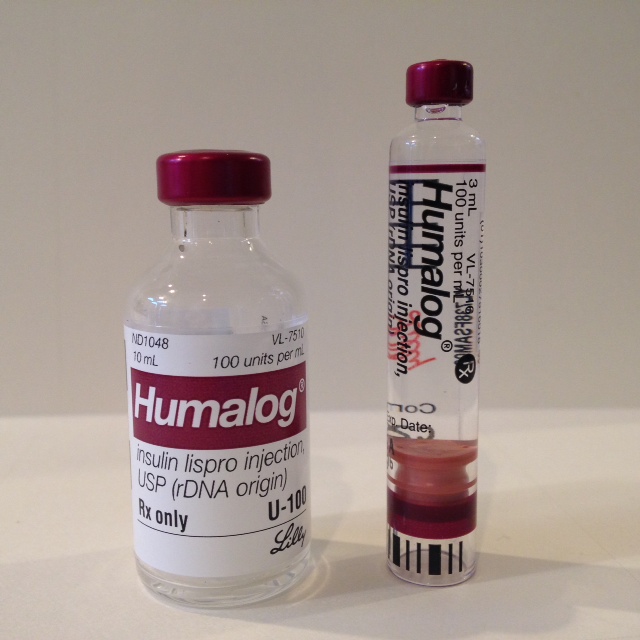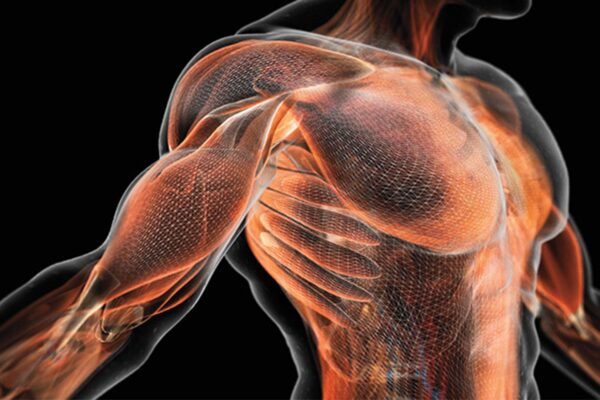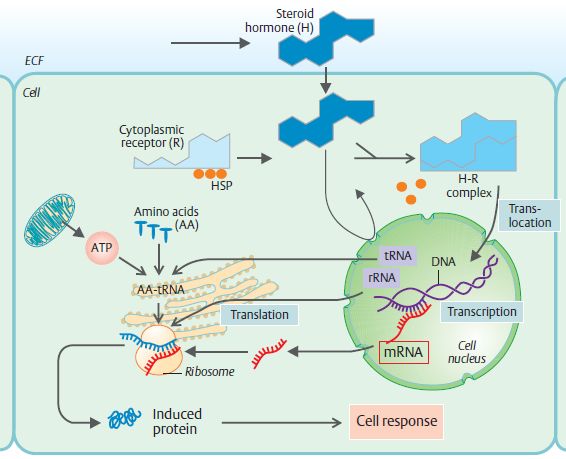Ask anyone who’s achieved near giant proportions in the gym, how they did it, and the answer may surprise you. No, not GH. Not Test E and Anadrol 50, not all the combinations of AAS in the world, actually. They did it on insulin. Insulin is a profound drug for adding muscle if used correctly. GH brought well tooled, lean mass, but insulin brought wrath of God size!
To understand insulin, you must first know that it is mainly a storage hormone. It activates a great many cellular processes and events wtihin the body. Its presence also increases the cellular water volume, and the density of nutrients at the cellular level. This increase in water and growth potentiating nutrients is called osmotic response. Injecting insulin naturally raises IGF-1 and MGF production and levels to create a kind of super anabolism and hypertrophy. Insulin is anabolic to fat cells too, so it burns fat – everything you’ve heard it doesn’t do.
But the caveat is, you can become terribly fat from insulin too if you don’t know what you’re doing or have poor dietary habits. AAS cycle in combination with incorrect insulin use and a bad diet can equal a lot of estrogen conversion in the form of aromatase activity in the fat cells. Getting fatter from aromatase activity can make this problem snowball.
Learn to manage your own insulin first! Ensure to find quality insulin for sale from online.
Glucose Action
Glucose is the preferred fuel for the body. When you take in 50-100gm of carbs in a meal your body will increase its circulatory glucose for about an hour. If you’re a fat bastard who takes in 250 to 300gms of carbs in a meal, insulin levels required to bring down the flood of glucose will be about 300% higher than normal for about 7 hours. That’s 7 hours of a window of opportunity for a highly anabolic environment, but also seven hours where your body is all too glad to store everything you’ve eaten as fat, and then some! Excessive glucose is your enemy.
Maintaining Normal Glucose Levels Through Diet Regulation
You hear people say “I’ve got low blood sugar” all the time. Meaning, they are fading in between meals. This up and down is what creates opportunities for fat storage and sets you up for metabolic difficulties. Managing blood sugar optimizes your anabolic window, but does not allow you to create metabolic issues that cause you to become fat.
Taking in a small amount of glucose before training is important. It’s also important in the morning – preferably in the first meal after you’ve cycled or been on the elliptical trainer for 30 minutes. Glucose isn’t a bad thing, it’s just bad in large amounts. So, regulating it is important. The way to do that, of course, is with small meals eaten throughout the day between 2 and 3 hours apart, depending upon what you’re trying to do.
Each meal should ideally contain lower glycemic carbs that don’t stimulate insulin release after your morning meal and before and after your pre-training glucose meal. Some who don’t have excess fat will also take in some glucose before bed to stimulate nighttime release of insulin for a ripe anabolic environment. Only do this if you are not heavy.
If you are building, then ingesting glucose is crucial for that insulin release you need to pack on muscle. It’s also crucial for energy so you won’t burn out in the middle of a heavy workout. But take it in strategically, not haphazardly. Don’t just grab a Snickers Bar at 9pm, when you’re in front of the television. If you have to eat it, eat it before you train and really use it. Add some NO or creatine to the mix and you’ll get great benefit.
Per meal ideal blood sugar regulation:
If you are building, eat: 25-35gms protein; 50-75gms carbs; 5-10gms fat/ per meal
Total meals per day: 5-6
If you are paring down: 30-35gms protein; 20-25gms carbs; 5-10gms fat/ per meal
Total meals per day: 7-8




